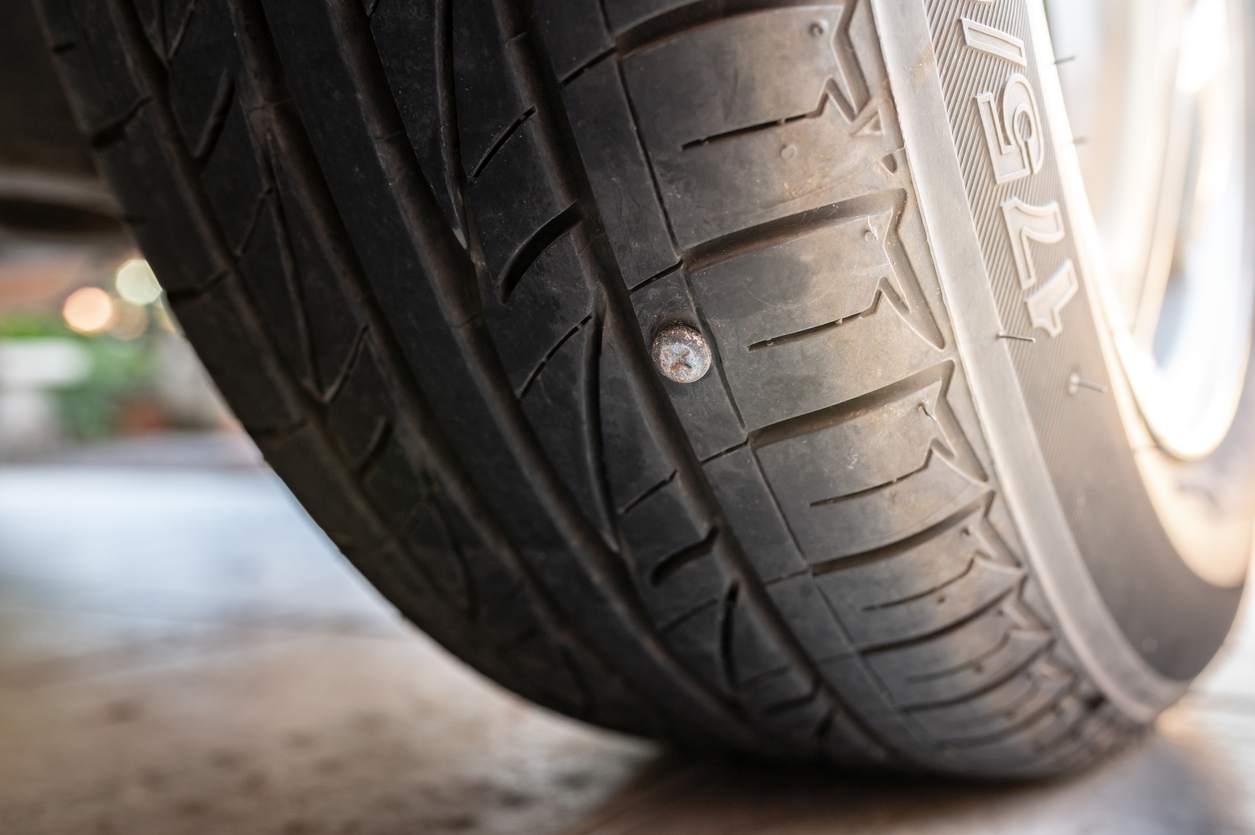Tyre Punctures: Should You Repair or Replace?

A tyre puncture is a frustrating and somewhat inevitable occurrence for many vehicle owners. When faced with a punctured tyre, the decision to repair or replace the tyre is crucial and can depend on various factors. This article aims to guide you through this decision-making process, exploring the considerations for repairing versus replacing a punctured tyre, and ensuring you make the safest and most cost-effective choice for your vehicle.
Bring your tyres to Marks & Wallings for a professional tyre inspection and diagnosis. Our tyre repairs will outlast the rest of your tyre, while we stock a wide range of replacement tyres in stock, available for expedient replacements.
Assessing the Damage: When to Repair
The feasibility of repairing a tyre with puncture damage largely depends on the nature and extent of the damage. Punctures that are small and located on the tread area of the tyre are usually repairable. The industry standard for repairable punctures is generally those that are less than 6mm in diameter. If the puncture is clean (like from a nail or a screw) and hasn't caused significant internal damage to the tyre, a professional repair can safely extend the life of your tyre.
A professional repair at a tyre store involves removing the tyre, inspecting for internal damage, and then plugging and patching the puncture site. This process ensures the tyre's integrity and safety for continued use.
A temporary repair can be performed with a puncture repair plug kit that can be purchased from most auto repair shops.
When Replacement is the Only Option
There are circumstances where replacement is the only safe and viable option. Punctures larger than 6mm, punctures on the sidewall or shoulder of the tyre, or those that have caused significant structural damage to the tyre are not repairable. Additionally, if a tyre has multiple punctures or has been driven on while flat, compromising its structural integrity, replacement is necessary. Driving on a damaged tyre not only reduces its lifespan but can also be dangerous, as it may lead to a blowout or loss of control on the road.
Cost Considerations: Repair vs Replace
Cost is often a significant factor in the repair versus replace decision. Repairs are generally more affordable than replacing a tyre, making them an attractive option for minor punctures. However, it's essential to consider the long-term cost implications. If a tyre has been repaired multiple times or is nearing the end of its tread life, replacing it may be more cost-effective in the long run. Continually repairing a tyre that is close to needing replacement can end up being more expensive than investing in a new tyre.
Safety and Performance: The Priority
The most important consideration in deciding whether to repair or replace a punctured tyre is safety. A professional inspection is crucial to determine the extent of the damage and the impact on the tyre's performance. Compromising on tyre safety can have serious implications, not just for the driver but for all road users. Always consult with tyre specialists who can provide expert advice and ensure that your tyres are in the best condition to keep you safe on the road.
The Final Word
In conclusion, the decision to repair or replace a punctured tyre depends on the nature of the damage, cost considerations, and, most importantly, safety. While repairs can be a cost-effective solution for minor damage, replacement is necessary for more severe or unsafe damage. Regular tyre inspections and maintenance can help identify potential issues early on, ensuring your vehicle remains safe and reliable on the road.
If you suspect you have a damaged tyre, and are experiencing symptoms like a slow air leak, a TPMS warning light or even suspicion that something might be wrong, bring your vehicle in to see the team at Marks & Wallings for a tyre inspection as soon as you can.
